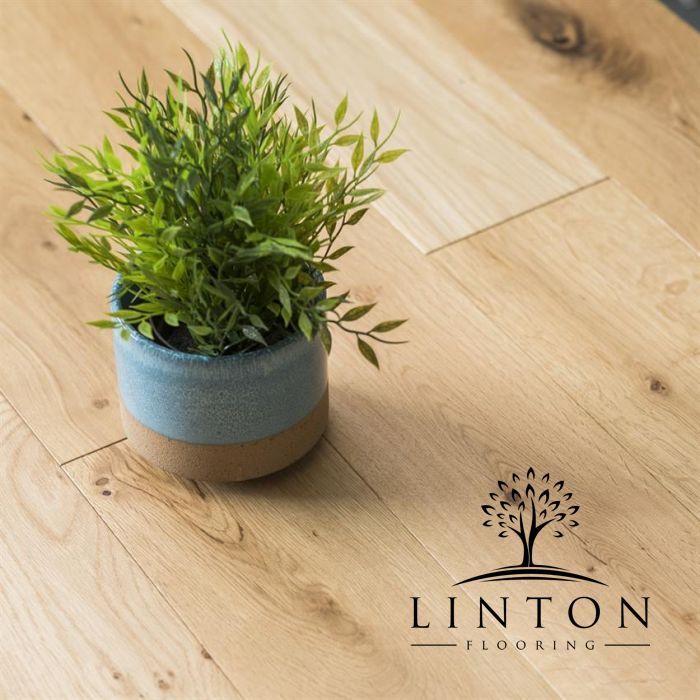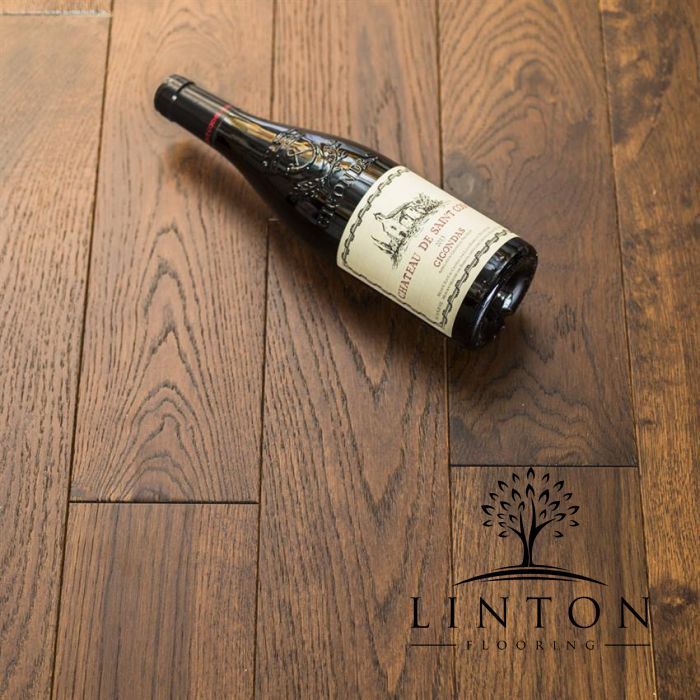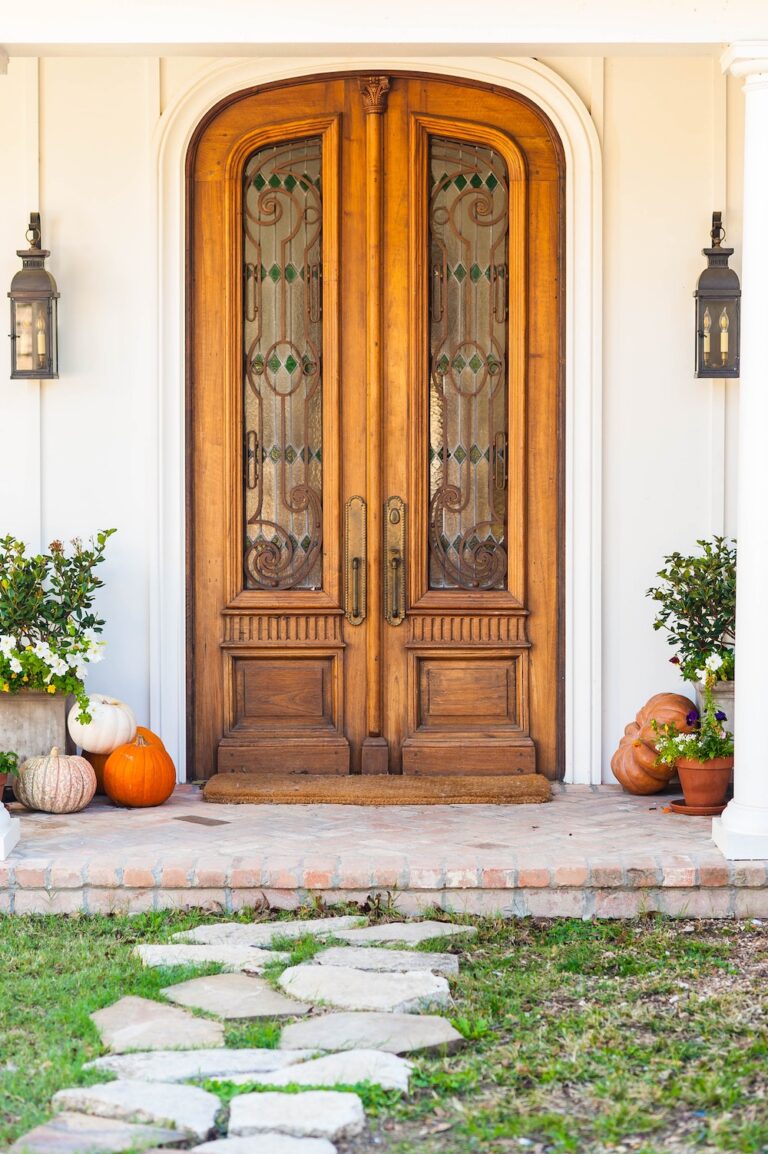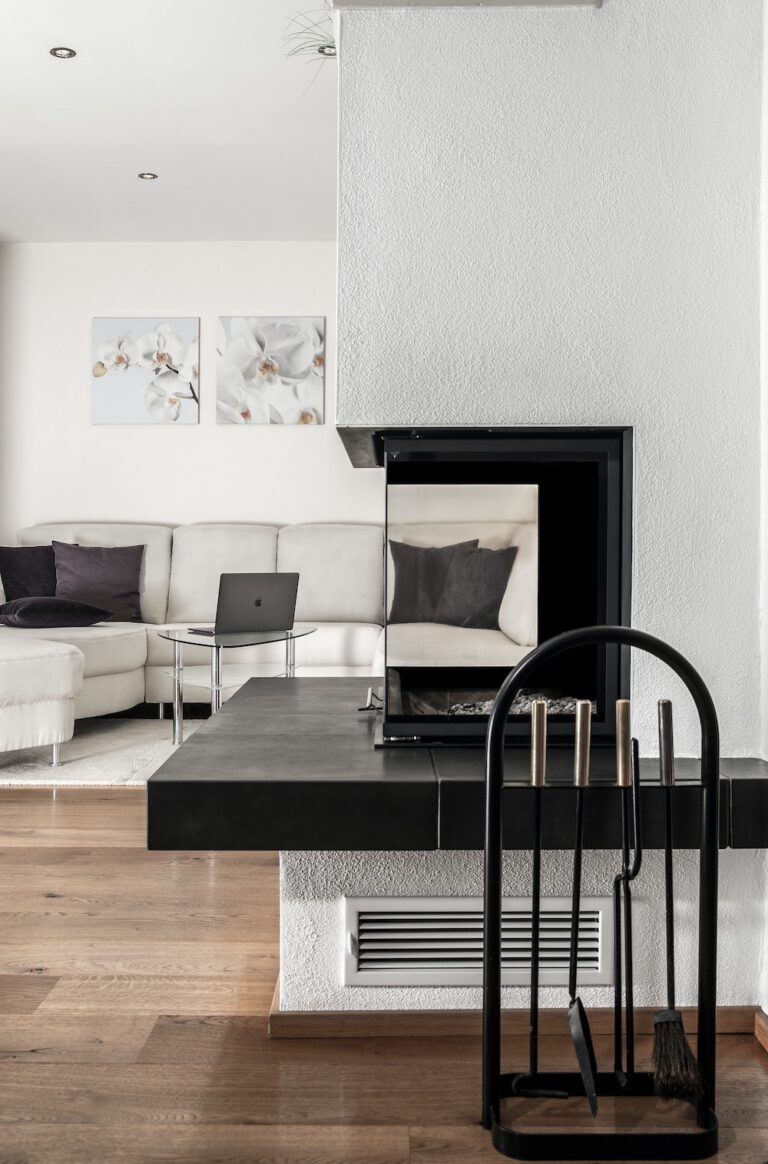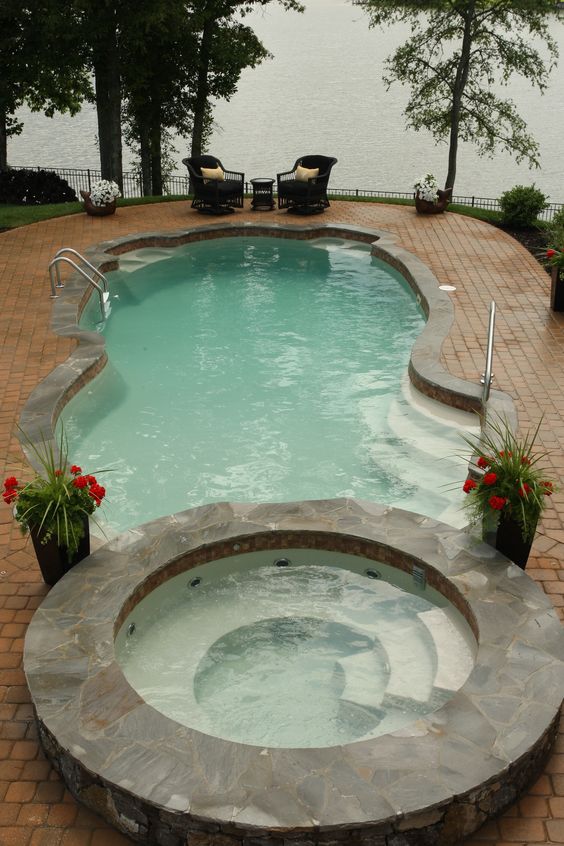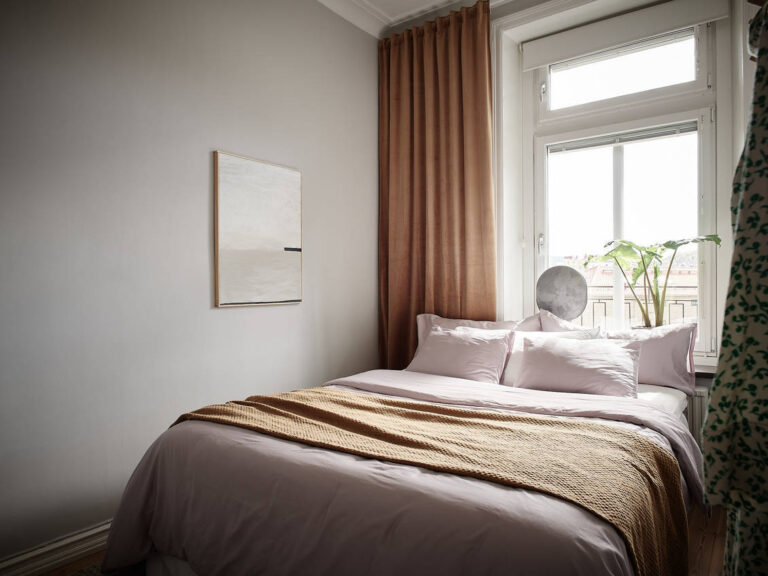What Is Engineered Wood Flooring? Its Pros and Cons
Engineered wood flooring is a relatively new type of flooring that rapidly gained popularity among homeowners. Due to its unique construction, it combines the natural feel and advantages of solid wood, but at the same time has a more attractive price.
Engineered board construction
The engineered wood flooring, same as parquet, consists of several layers. The top layer (3-4 mm, sometimes – 6 mm) is a valuable type of wood, e.g. oak, walnut, beech or ash wood.
Under the upper veneer, there are stabilizing layers of plywood. The lower layer has so-called stiffening ribs which provide additional strength to the whole structure.
The construction features an HDF (High-Density Fibreboard) core that gives exceptional stability and balance to these floors.
We asked Lifestyle Flooring UK, the leading floor retailer in the UK, what are the advantages and disadvantages of engineered wood flooring:
Advantages of an engineered wood flooring
When installed, the engineered board is indistinguishable from solid wood floors.
Externally, it will be exactly the same natural wood floor. Tactile and visual qualities will be identical. However, because of its stabilizing layers of plywood, the engineered board is much more durable, strong and resistant to temperature and humidity changes.
More reliable installation
The installation of engineered wood flooring is quick and easy. The boards are usually glued to the floor surface. Once installed, you can be sure that nothing will happen to your floor – the boards are firmly attached, will never move, fall off or creak once you step on them. Also, the installation method is so easy that even with minimal knowledge of carpentry you can do it yourself.
Durability
Needless to say, the engineering board is durable. It has a quite long life cycle (30-50 years) and due to its installation on glue, its durability is longer than of the parquet floor.
But even if you do not want to change your flooring in 30 years, it will still continue to perfectly fulfill its function – it just will not look so new.
Engineering board can be sanded
This is another side of durability and one of the advantages of installing engineered wood flooring on glue. Floors laid down this way can be sanded and varnished. In case of an engineering board, it could be done even several times.
What is sanding? This is the process of removing the top surfaces of a wooden floor by sanding with abrasive materials and then covering it with a protective varnish. The floorboard, which is laid in a floating way, cannot be sanded because the machine will break all the lock joints during the process.
The engineering board doesn’t need plywood as a base
The engineered board can be glued directly on concrete surface since it already has several layers of plywood in its construction. This way you can significantly reduce your renovation costs.
Finally, if you hire a professional, the cost of the parquet floor installation is usually higher than of engineered board so you can save some money here as well.
Cons
The engineering board has only one con. It is quite difficult to change this type of flooring once it is installed. When glued it is firmly attached to the concrete.
Otherwise, an engineering board is an ideal choice for those who are not ready to spend lots of money on solid wood flooring but would like to enjoy its natural aesthetics.


